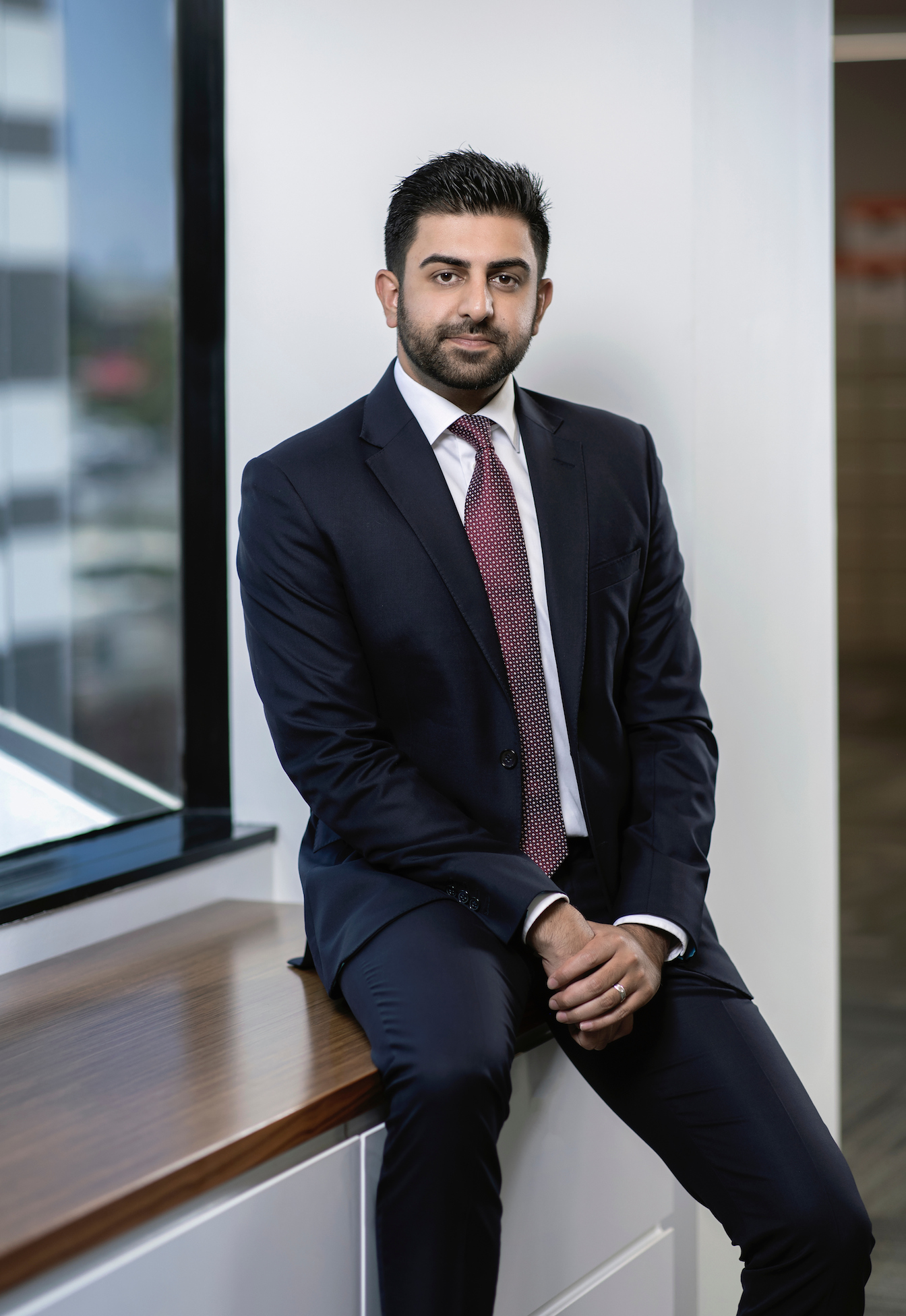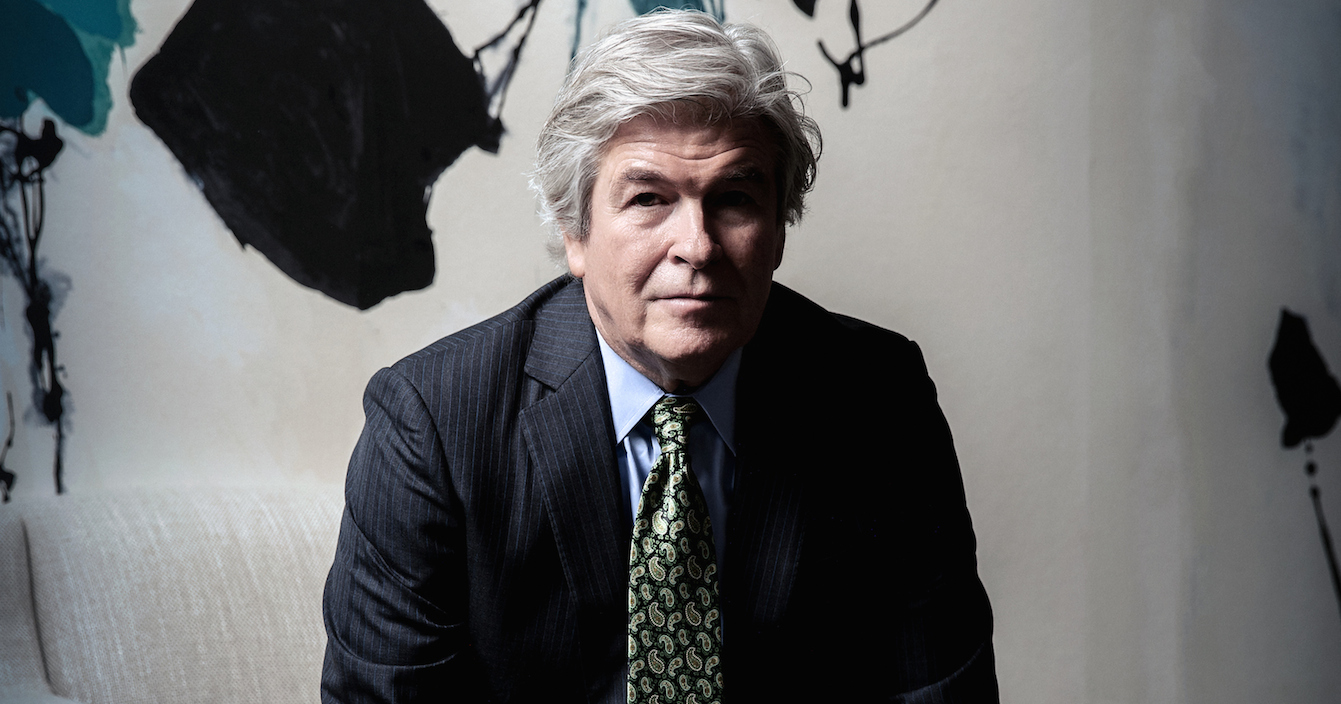John Taylor experienced firsthand the sea change in public attitudes toward police misconduct claims after the now-infamous beating of Rodney King by Los Angeles cops 30 years ago.
The plaintiffs’ lawyer, for the past 20 years a name partner in a firm he founded on a handshake with David Ring, had just taken his first such case to court and seen it end with a hung jury.
He didn’t yet know the retrial would occur in a different world.
In early 1991, television newscasters began airing a bystander’s videotape of officers pummeling King during a traffic stop, sparking national outrage that included condemnation by President George H.W. Bush.
Criminal charges were filed against some officers and by the time they were acquitted in early 1992, an event that sparked the Los Angeles riots, Taylor had won a landmark $2.3 million verdict in Velasquez v. City of Compton.
The first time around, Taylor says, the jury had believed wrongdoing occurred in the 1981 shooting death of 16-year-old Luis Velasquez but “didn’t want to bring back a verdict that would reflect individually against those officers, despite what the judge told them about the officers not being financially responsible.”
Then, as now, the instinct to trust police, whom jurors and lawyers alike are taught from childhood to turn to in times of distress or danger, ran strong, along with the awareness that officers are regularly forced to make split-second decisions that can mean life or death for both themselves and their colleagues.
Indeed, the officers who shot Velasquez argued that they acted in self-defense after the teenager and two other passengers climbed out of a Cadillac they had pulled over following a shooting, according to the Los Angeles Times.
An autopsy report, however, showed the high school junior had been shot three times, with bullets hitting the back of his head and the back of one leg, the newspaper said.
'Hard to Ignore'
Such evidence coming on top of the cable-television replays of the King beating left the second jury more disposed to question police accounts of the event, Taylor says.
“That discussion had become more acceptable,” he explains. “The footage was hard to ignore.”
Today, police misconduct cases have become a specialty for Taylor & Ring, which has won tens of millions of dollars for the clients who bring them and has a number of high-profile claims pending.
The cases remain challenging, Taylor says, but in the three decades since the Velasquez verdict, jurors have become progressively more willing to critically examine the testimony of officers as well as the training they received.
Among the drivers of that change are the increasing availability of video evidence, far easier to obtain after the advent of smartphones equipped with sophisticated cameras, and intense public debate surrounding high-profile misconduct cases.
The rise of the Black Lives Matter movement since 2010 has focused particular attention on the deaths of minorities during encounters with officers, from Eric Garner in Staten Island, N.Y., in 2014, to Freddie Gray in Baltimore a year later and George Floyd in Minneapolis on Memorial Day in 2020.
“The question the jurors have to ask is, ‘Who’s going to police the police?’” says Taylor. “The cases that are going to trial have already been looked at by the district attorney and by some sort of internal review board and found to, one, not violate any criminal statutes and, two, to be within the policy of the department. Overwhelmingly, that’s the case.”

Taylor warns clients to expect that both internal investigations and reviews by the district attorney’s office are likely to exonerate the officers involved in their cases.
Once that happens, he says, “you have to get just 12 lay people, 12 jurors, to take a look at the evidence and make a determination whether or not it’s acceptable police conduct.”
Taylor collaborates on many misconduct claims with trial lawyer Neil Gehlawat, who joined Taylor & Ring in early 2020 partly because of the firm’s reputation for tackling such cases and winning them.
A 2012 graduate of the University of Texas School of Law, Gehlawat had practiced in Bakersfield, Calif., before moving to the Los Angeles area, gravitating toward civil rights work after an early case involving a man beaten and asphyxiated by Kern County, Calif., sheriff’s deputies and California Highway Patrol officers.
Taking such claims to trial, ideally, serves as a deterrent against abuse. At minimum, says Gehlawat, it serves as a check on a system that wields deadly force and has proven vulnerable to cover-ups.
“People ask, ‘Why do you have to sue?’” Gehlawat says. “It’s because families are not given any answers and, 99 times out of 100, the officers are not criminally prosecuted.”
The criminal prosecutions that followed the death of George Floyd, who stopped breathing while a Minneapolis police officer knelt on his neck for eight minutes – an agonizing interval captured on video by a bystander’s cell phone – are rarities, Gehlawat says.
'The Only Recourse'
More often, “the only recourse that families have is to come to firms like ours to find out what happened,” he adds. “The police have told them, ‘We can’t really tell you anything. There’s an ongoing investigation.’ When they come to us, we don’t know if it’s going to be a case or not, but we get to the bottom of what actually happened.”
If that review uncovers a violation by officers, “they feel like there should be some accountability,” Gehlawat says, as happened with his clients in Joseph Perez v. Fresno, a case he’s been working on for more than two years.
Perez died in May 2017 after he was confronted by Fresno County, Calif., sheriff’s deputies looking into a report of a man acting strangely. Fresno city police, also present, had happened onto the scene by chance.
The officers summoned an ambulance after one of them pushed Perez, who admitted to having used methamphetamine, to the ground to keep him from walking into the street.
Paramedics then helped restrain him facedown with a blue backboard, which one of them told the law enforcement officers to sit on, Gehlawat said.
Perez told the emergency workers that he couldn’t breathe, but over the next minute, his screams faded to whispers and then stopped altogether, Gehlawat says. When the board was turned over, Perez’s skin had turned blue and his wrists were limp.
The suit, filed in federal court in Fresno, is ongoing, but the Taylor & Ring team notched an early victory in February, when a judge lifted the confidentiality designation on video recorded by a police officer’s body camera that showed Perez’s death.
At first, “the defendants were all trying to hide the video; they didn’t want the public to see,” says Gehlawat. “We had to litigate that issue in court, and there’s now a published decision by the district court judge, where the law enforcement agencies ultimately gave in because they saw the writing on the wall, that the body camera footage is in the public interest.”
As with the video of Rodney King’s beating and George Floyd’s death, the images sparked indignation.
The judge’s ruling was huge, Gehlawat says, paving the way for body-camera footage to be published in other cases like Perez’s.
“It’s a big win for plaintiffs’ lawyers who do these civil rights cases because people really care about this,” he says. “There’s a national conversation about policing so when the videos come out, they’re aired on different news stations and people start talking about it and there’s outrage.”

That outrage gets results. On Sept. 30, California Gov. Gavin Newsom signed into law a bill banning restraint techniques that can cause asphyxiation.
In another case, Taylor & Ring is working with the family of Melyda Corado, an assistant manager at Trader Joe’s. She was shot to death in July 2018 when Los Angeles police officers’ pursuit of a man accused of shooting his 76-year-old grandmother and taking his 17-year-old girlfriend hostage ended with his car crashing into a lightpole near the Hyperion Avenue store.
The man, 28-year-old Gene Atkins, ran into Trader Joe’s, shooting at officers who returned fire, Los Angeles Police Chief Michel Moore said. Vanishing into the store, he held customers and employees hostage for about three hours before surrendering, Moore said.
Corado was struck in the initial exchange of gunfire, and investigators later determined the fatal shot came from one of the officers.
It was a departure from the more typical circumstances of a police-involved shooting, in which the wounded are those interacting with the officers, Gehlawat says: Corado was a completely innocent bystander.
“The whole issue in the case is, ‘Can you shoot into a crowded grocery store on a Saturday afternoon in one of the busiest neighborhoods in Los Angeles?’” he says.
While the police department called Corado’s death a tragedy, officials said the officers fired to defend themselves and bystanders and did nothing wrong.
Gehlawat, however, argues that “they did violate policy, because the policy is you’ve got to account for your background.”
'I Call 911'
Video footage from the officers’ dashboard cameras and body cameras shows multiple pedestrians in the area: a woman pushing a shopping cart, for example, and an older man walking into the store.
“These are all people who were in harm’s way,” he says. “The officers all said they knew it was super-busy, but they want to use that to say, ‘Because it was super-busy, we were more concerned about Atkins harming other people in the store.’”
While both Taylor and Gehlawat hope that the firm’s work in such cases, combined with high-profile investigations around the country and intense publicity, will curb recurrences, there hasn’t been a noticeable decline so far.
Most of the suits the firm files end up going to trial, Taylor says.
“Lots of times, the city or law enforcement, whoever’s making the decision whether or not to settle the case, is receiving some sort of pressure not to look like they’ve given in to claims,” he says. “They want to demonstrate their support of the department and they agree to let the jury decide what the value of the case is. That way, they can wipe their own hands of responsibility and say, ‘Well, that’s what the jury said.’”
Generally, lay jurors still place considerable faith and trust in police officers and getting them to accept that officers might lie to protect themselves, their colleagues or their departments is a large part of the case, Taylor explains.
“When a trial is starting and a panel of prospective jurors show up and start to talk about police officers, there are lots of people who have had problems with and are critical about the police, but there are just as many people who believe the police are the reason their neighborhoods are safe and they’re very happy with them,” he says.
The lawyers have no wish to undermine that confidence.
“There are a lot of good officers out there who do their jobs, who do a great job,” Gehlawat says. “Our job in these cases is never to malign the police or police departments in general.”
As Taylor often puts it at trial, “If I’ve got an issue at my house, I don’t call a lawyer, I call 911. I call for the cops.”


